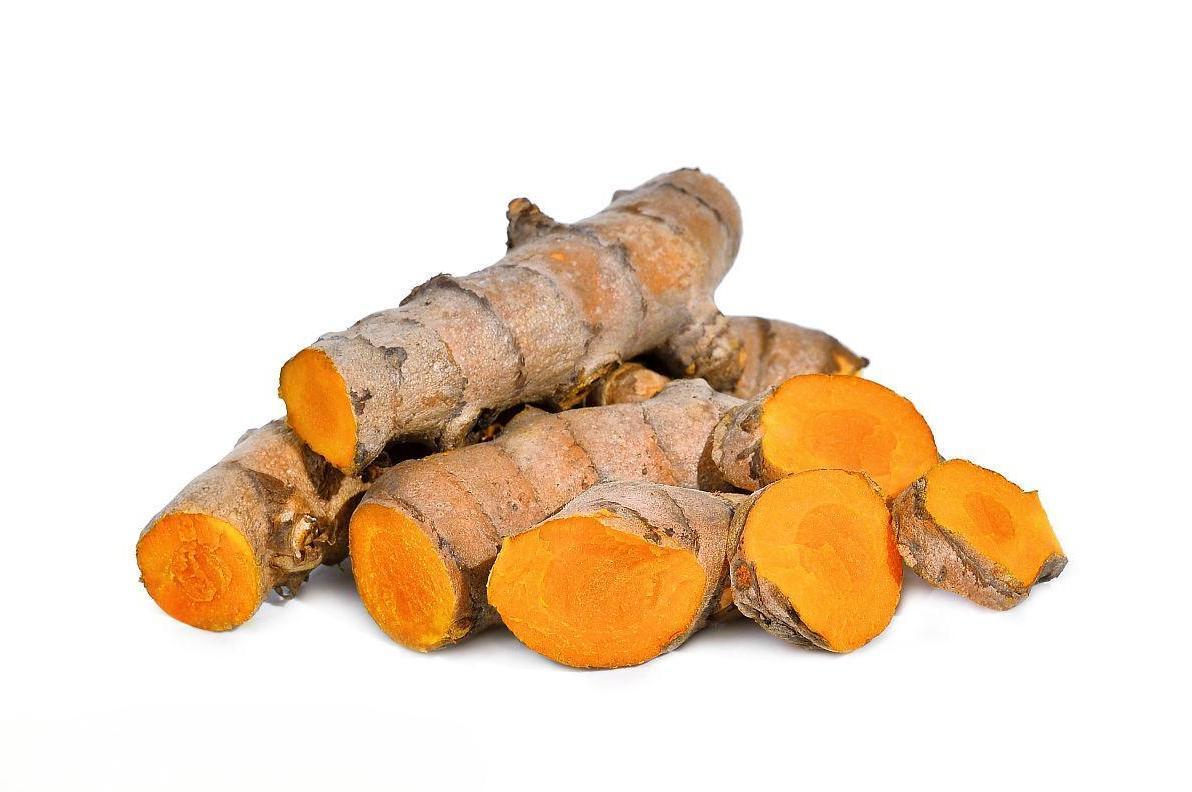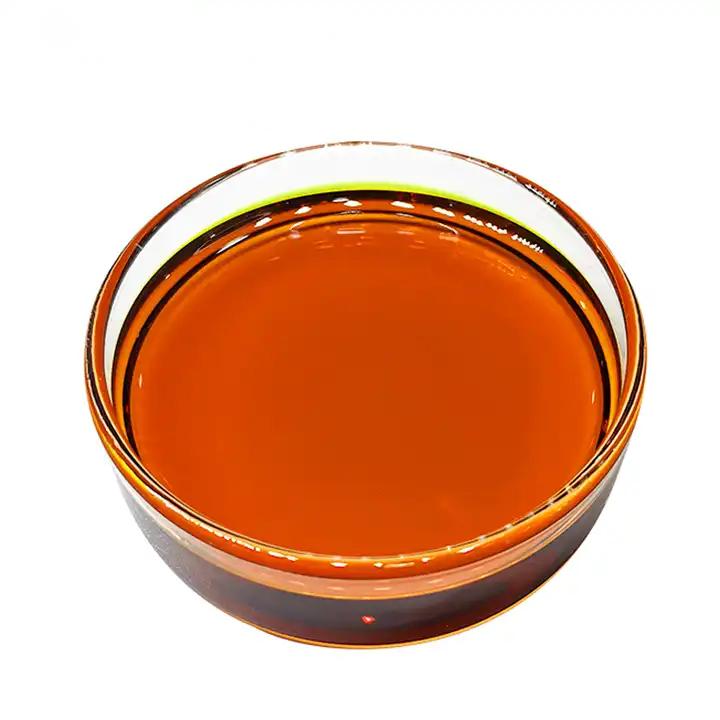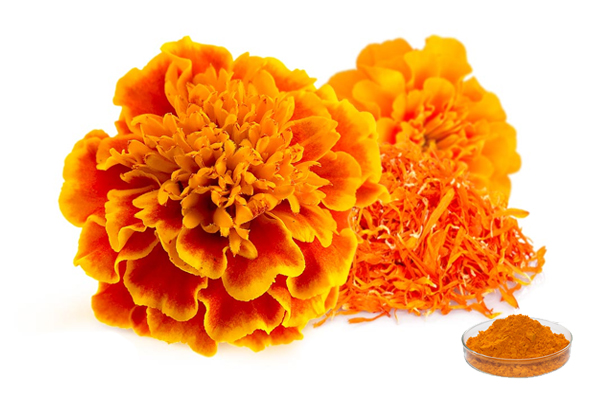Extrait de racine de curcuma 95% curcumine
Nom Latin :Curcuma Longa L
Source: curcuma Rhizome
Spécification :95%
Méthode d’essai :HPLC
Apparence: poudre jaune Orange
Résidu de Pesticide: conforme à la norme (ce) No 396/2005
- Description Description
- Fiche technique
- Certificat de formation
-
Qu’est-ce que l’extrait de racine de curcuma 95% des personnes interrogées curcumine?
Extrait de racine de curcuma 95% La curcumine refers to a high concentration of total curcumin extracted from turmeric (Curcuma longa L) rhizomes....... It contains curcumin, demethoxycurcumin, and double demethoxycurcumin, collectively known as total curcumin. Curcumin is a potent antioxidant with a variety of pharmacological effects, including anti-inflammatory, anticoagulant, hypolipidemic, anti-atherosclerotic, and anti-aging.
Green Spring Technology supplies Extrait de racine de curcuma 95% Curcumin, c’est Curcuma long L, le rhizome de Curcuma Longa L, comme matière première, par l’extraction de solvants organiques, puis par la méthode physique de raffinement des additifs alimentaires curcumine. Composants principaux: curcumine, déméthoxycurcumine, bisdeméthylcurcumine. L’état est un cristal ou poudre cristalline, la teneur totale de curcumine est ≥95%.
Green Spring est une société leader de technologie d’extrait d’usine en Chine avec 24 ans d’expérience dans les extraits d’usine. Il met en œuvre les normes internationales les plus élevées de l’industrie, en conformité avec ue EC396, ue 2023/915, et les normes les plus élevées de résidus de solvants. Green Spring a obtenu des certifications Halal, casher, COSMOS, BRC, IFS, FDA, ISO et bien d’autres. Les rapports des essais faisant autorité de tiers sont disponibles.
Spécification:
Nom du produit
Turmeric Root Extract
Nom Latin
Curcuma Longa L
Source:
Rhizome curcuma
Ingrédients actifs
Curcumin
spécification
95%
Méthode d’essai
HPLC/HPLC
apparence
Poudre jaune Orange
Résidus de pesticides
Conforme à la norme (ce) n ° 396/2005
Règlement:
Il est conforme à la réglementation de l’ue.
Discover Our Natural Curcumin Ingredient Ultimate Solution for Your Products.
Vous cherchez un devis?Benefits:
Arthritis Relief
Turmeric is very effective in reducing the symptoms of arthritis. It reduces pain and stiffness and improves the quality of life of arthritis sufferers. This is largely attributed to the potent anti-inflammatory effects of curcumin, which reduces the release of inflammatory mediators and lowers pain and inflammation.
Anti-tumour
In vitro and in vivo studies have shown that curcumin can inhibit tumour proliferation by inhibiting the transcription and protein levels of notch receptor-1 (Notch1), nuclear factor-κB (NF-κB), and vascular endothelial growth factor (VEGF), and inhibit the Wnt/β-catenin signalling pathway by up-regulation of microRNA-491 or down-regulation of microRNA-130a, thereby inhibiting the proliferation of cancer cells. thereby inhibiting the proliferation of cancer cells. Dual-specific tyrosine phosphorylation-regulated kinase (DYRK2) is the direct target of curcumin, which can occupy the adenosine triphosphate-binding capsule of DYRK2, inhibit intracellular phosphorylation of 26S proteasome, and reduce the activity of proteasome, thus inhibiting cell proliferation.
Curcumin has also been found to inhibit tumor cell proliferation, migration and angiogenesis by regulating mitogen-activated protein kinase (MAPK) and inhibiting vascular VEGF-induced expression of cyclooxygenase-2 (COX-2) and epidermal growth factor receptor (EGFR). In addition, curcumin is able to induce apoptosis of tumour cells in the mitochondrial pathway through the regulation of the activated cysteine protease Caspase-3, catalase, cohesin and cytochrome C.
Antioxidant
Curcumin is a lipophilic polyphenol containing two o-methoxyphenol groups, two alkenone groups and one ketoenol group in its structure. Curcumin can enter the cell membrane, combine with free radicals to form stable quinones, scavenging intracellular reactive oxygen species, thus inhibiting free radical-mediated lipid peroxidation damage, and can also improve cellular antioxidant capacity by increasing superoxide dismutase (SOD) activity. Curcumin was found to increase the expression of intestinal SOD1, HO-1, CAT and Nrf2 genes, and increase the activity of intestinal glutathione peroxidase (GSH-Px) and total antioxidant capacity (T-AOC), which can improve the antioxidant capacity and protect the intestinal tract from damage.
Antibacterial
Curcumin and its derivatives have antimicrobial effects against Gram-positive and negative bacteria such as Staphylococcus aureus, Streptococcus pneumoniae, Salmonella, Escherichia coli and Helicobacter pylori. It was found by fluorescent probe labeling that curcumin was able to disrupt the cell membrane of S. aureus, causing the leakage of intracellular enzymes, inhibiting the metabolic cycle of the bacteria, leading to the death of the bacteria and exerting an antibacterial effect. In addition, treating curcumin to obtain curcumin derivatives will improve the bacteriostatic effect of curcumin. For example, grafting curcumin onto L-arginine molecules by esterification and amidation reactions using succinic acid as a linker arm to obtain novel L-arginine-based curcumin derivatives can improve curcumin solubility in water and have superior bacteriostatic properties.
In vitro and in vivo tests have revealed that curcumin is effective in alleviating virus-induced infections and symptoms by a mechanism that is mainly based on the binding of curcumin to viral capsid proteins, virus-specific enzymes, or RNA polymerases, which affects and eliminates viral replication, infection, and damage to cells.
Applications:
In the Food Field:
Curcumin is widely used in a variety of food products due to its unique colour and aroma, adding rich colour and flavour to the food. Curcumin can be used in compound seasoning, such as puffed seasoning, hot pot seasoning sauce and other compound seasoning. It can make the seasonings have a unique colour that tends to be pure.
The application of curcumin in noodle products has various advantages, firstly, it has better heat stability and colouring ability, which can make the pasty keep a stable colour and prolong the product stability. Secondly, under acidic conditions, the acid-resistant property of curcumin can make the pasty colour more bright and stable. At the same time, adding curcumin in different proportions can make the pastry show various colours such as egg yellow, golden yellow, orange and so on.
-
Télécharger le document
Extrait de racine de curcuma 95% curcumine COA
-
Télécharger le document
Cosmos 2023
Télécharger le documentHalal 2023
Télécharger le documentCasher 2023


 Anglais
Anglais français
français espagnol
espagnol russe
russe coréen
coréen japonais
japonais













